Top Sanding Belt Brands for Belt Sanders: Finding Quality and Durability
Choosing the right brand of sanding belt is just as important as picking the right grit and material. Different brands offer varying levels of quality, durability, and performance. Using a subpar belt can lead to frustrating results and frequent changes.
When looking for top sanding belt brands for belt sanders, consider manufacturers known for using high-quality abrasive grains (like ceramic or zirconia), durable backing materials (heavy-duty cloth), strong splices, and consistent grit application. Brands that specialize in abrasives or have a reputation for industrial-grade products often offer the best performance and longevity.
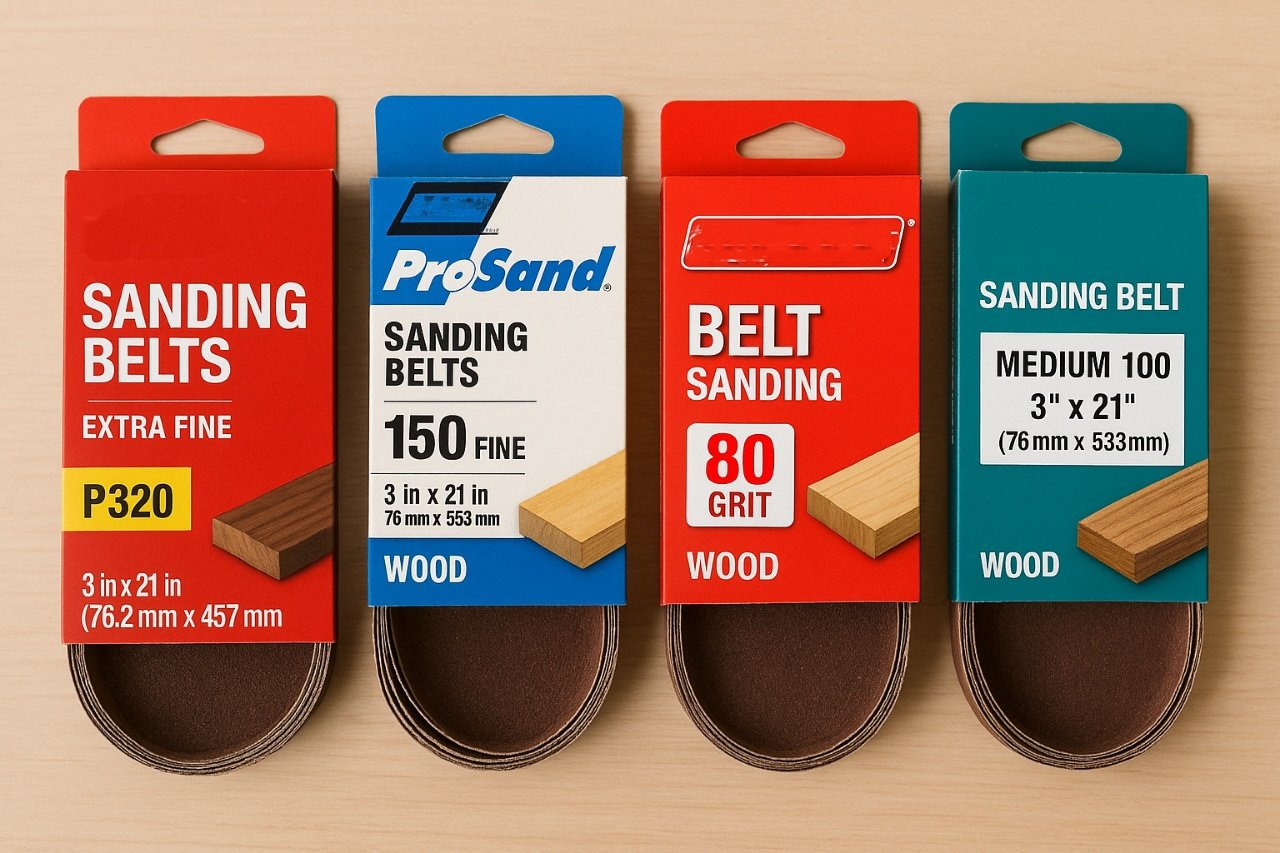
Examples of quality sanding belt brands.
Investing in quality belts from a reputable brand pays off in better results and less time spent changing worn-out abrasives.
Which is the best belt sanders?
While this article is about belts, the performance of the belt is heavily influenced by the sander. Which brands are known for making the best belt sanders?
Identifying the "best" belt sander depends on the user’s needs, whether it’s for heavy-duty professional use, general DIY tasks, or specialized applications. However, brands consistently rated highly for power, durability, and features include Makita, Bosch, DeWalt, and Metabo. For industrial applications, brands like Kalamazoo Industries or Burr King are top-tier choices.
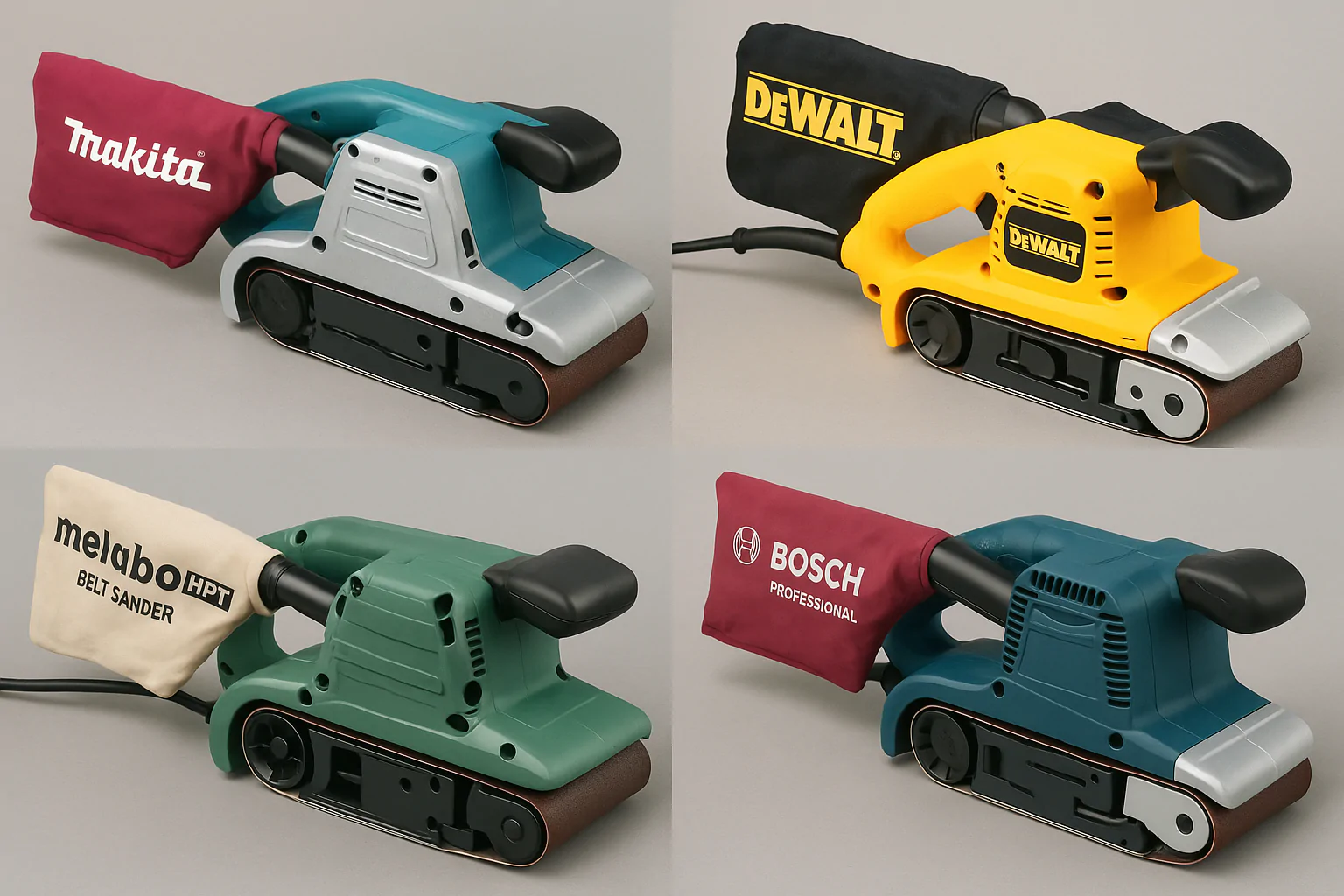
Highly-rated portable belt sander models.
A quality sander is the foundation for effective sanding. For most woodworking and general DIY tasks, portable belt sanders from brands like Makita, Bosch, and DeWalt are popular choices. Makita belt sanders are often praised for their power and smooth operation. Bosch offers models known for ergonomic design and effective dust collection. DeWalt sanders are generally considered robust and reliable for job site use. These brands typically offer a range of sizes, like 3×18, 3×21, and 4×24 inches, catering to different needs. When considering industrial or heavy-duty shop use, particularly for metalworking, brands like Metabo are known for powerful grinders and sanders. Dedicated benchtop belt grinders from companies like Kalamazoo Industries or Burr King are built for continuous, demanding work, such as metal fabrication and knife making. These machines often use larger, more robust belts and have powerful motors. The "best" sander for you depends on what you’ll be sanding, how often, and your budget. A good sander will have sufficient power to keep the belt moving under load, effective dust collection, a reliable tracking mechanism, and durable construction. Paired with high-quality sanding belts, like those designed for performance from a brand you trust, you’ll achieve the best results.
What is the longest lasting sanding belt?
For maximum efficiency, you want a sanding belt that lasts a long time. What types of belts are known for their longevity?
The longest lasting sanding belts are typically those made with ceramic abrasive grains on a durable, heavy-duty cloth backing. Ceramic abrasives are engineered for extreme hardness and toughness, and they micro-fracture during use to constantly expose sharp cutting edges, allowing them to cut effectively for much longer than aluminum oxide or zirconia belts, especially on hard materials like metal and dense hardwoods.
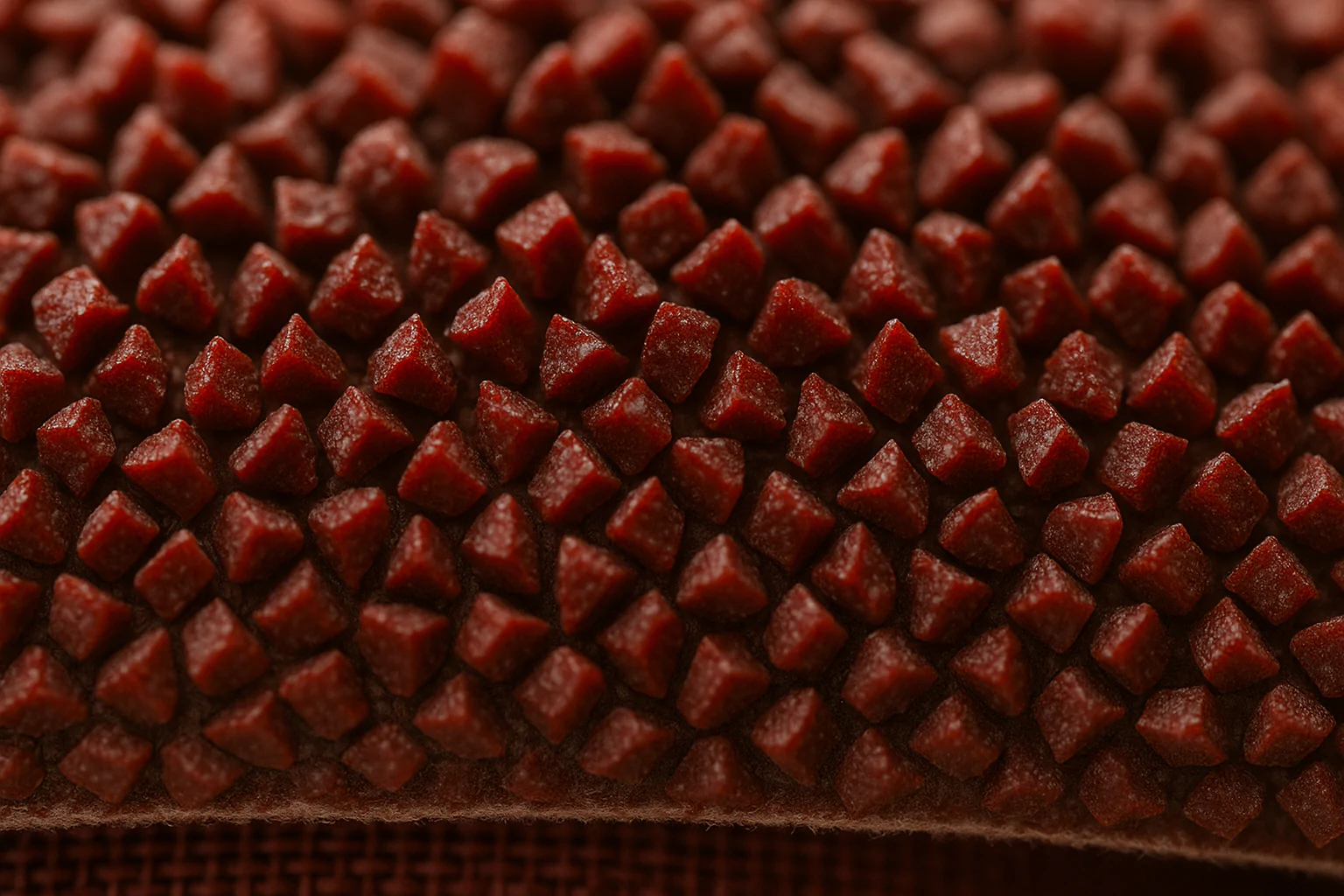
A ceramic abrasive belt known for long life.
The lifespan of a sanding belt is primarily determined by the abrasive material and the backing. Ceramic abrasives are the most advanced and durable type used in sanding belts. Their crystalline structure is designed to fracture in a way that creates new, sharp cutting points as the old ones wear down. This self-sharpening characteristic allows ceramic belts to maintain their cutting effectiveness for a significantly longer period compared to zirconia or especially aluminum oxide. Ceramic belts are particularly effective and long-lasting when used on tough materials that would quickly wear down other abrasives, such as steel, stainless steel, titanium, and exotic hardwoods. The backing material is also crucial. Heavy-duty cloth backings (often polyester or cotton/polyester blends) provide the necessary strength and flexibility to withstand the heat and tension of high-speed belt sanding. A strong splice is also vital, as the splice is often the point of failure on a belt. While ceramic belts are generally more expensive upfront, their extended lifespan and superior cutting performance often make them the most cost-effective choice for demanding applications due to fewer belt changes and faster work. Brands specializing in high-performance abrasives often offer premium ceramic belts. If you are looking for maximum durability and cut rate, especially on hard materials, a ceramic belt is likely the longest-lasting option available. Quality abrasives from manufacturers like NOVOGRIT offer options designed for longevity and performance across various materials.
What is the best type of sanding belt for knife making?
Knife making involves shaping and finishing metal. What type of sanding belt is best suited for this demanding application?
The best type of sanding belt for knife making is typically a ceramic abrasive belt with a heavy-duty, usually polyester, cloth backing. Knife making involves significant material removal on hard steels, and ceramic abrasives offer the necessary hardness, toughness, and self-sharpening properties to cut efficiently and last longer under the high heat and pressure generated during grinding and shaping metal. Coarser grits (like 36 or 60) are used for shaping, while finer grits progressively refine the surface.
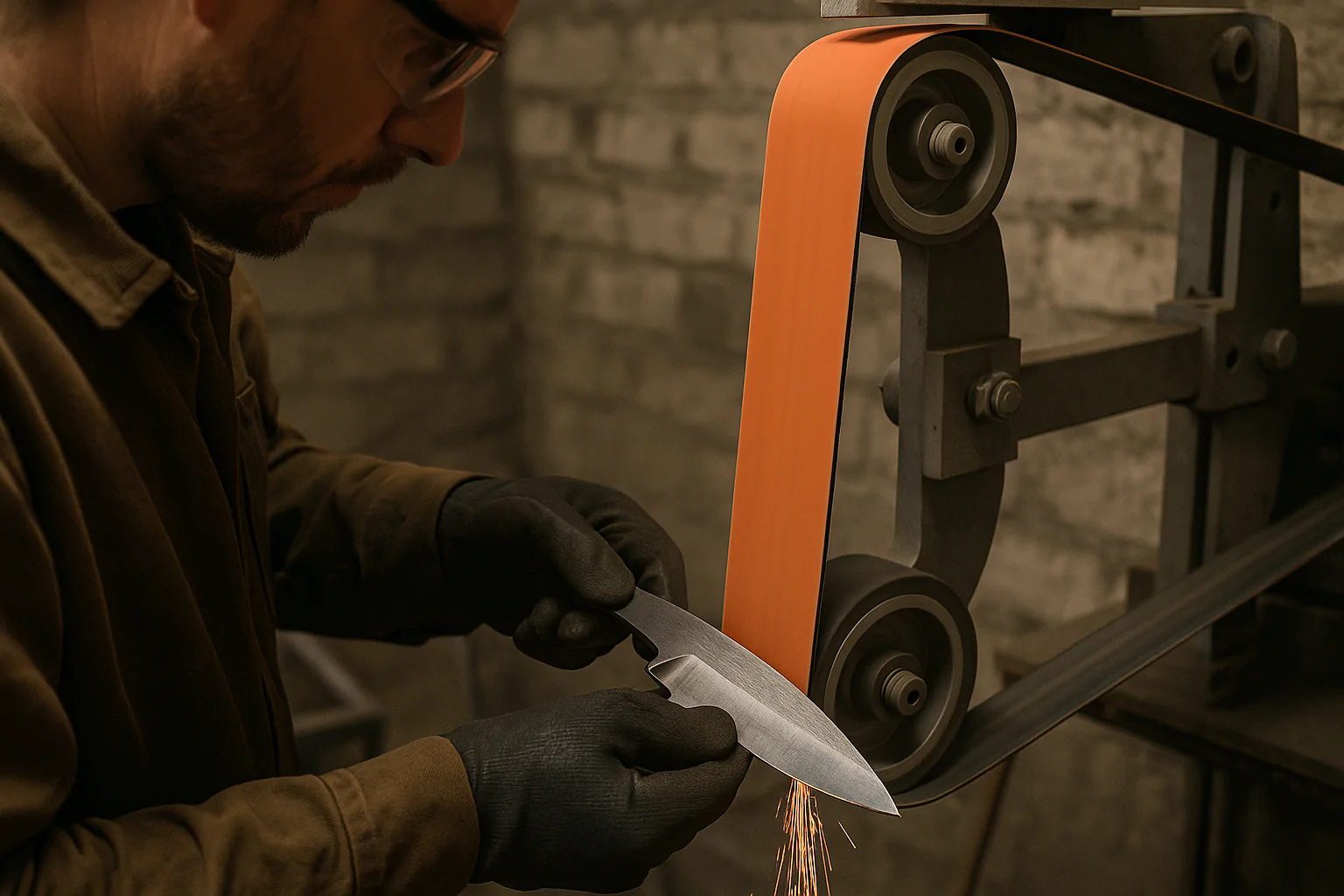
Using a belt grinder for shaping a knife blade.
Knife making puts serious demands on sanding belts. You’re working with hard steel, often requiring significant material removal to establish the blade shape and bevels, followed by finer grits for surface refinement. Aluminum oxide belts would wear out very quickly under these conditions. Zirconia belts are better and are often used for initial shaping, but ceramic belts are generally considered the top choice for serious knife makers. Ceramic abrasives can handle the high temperatures generated by grinding steel without dulling prematurely. Their ability to constantly expose sharp cutting edges ensures a consistent and aggressive cut, which is crucial for efficient stock removal on hard metals. The heavy-duty cloth backing provides the strength needed to prevent the belt from stretching or breaking under the high tension and pressure used in metal grinding. Polyester backings are often preferred for their durability and water resistance (important if you’re using wet grinding techniques). Knife makers typically use a progression of grits, starting with very coarse ceramic belts (like 36 or 60 grit) for shaping and bevel grinding, then moving through finer grits (80, 120, 220, etc., sometimes even finer) to refine the surface before moving to polishing stages. High-performance belts designed specifically for metalworking from brands like NOVOGRIT that offer ceramic abrasives on strong cloth backings are ideal for the rigors of knife making.
Are Diablo sanding belts any good?
Diablo is a well-known brand in hardware stores. How do their sanding belts perform?
Diablo sanding belts, a brand under Freud America, are generally considered good quality belts, particularly for woodworking applications. They are popular due to their availability and performance in standard tasks. They often feature durable backings and effective abrasive coatings, including proprietary blends or treatments to resist clogging, making them a reliable choice for DIYers and many professional woodworkers. While they may not always match the extreme longevity of premium industrial ceramic belts for demanding metalwork, they offer solid performance and value for their intended uses.
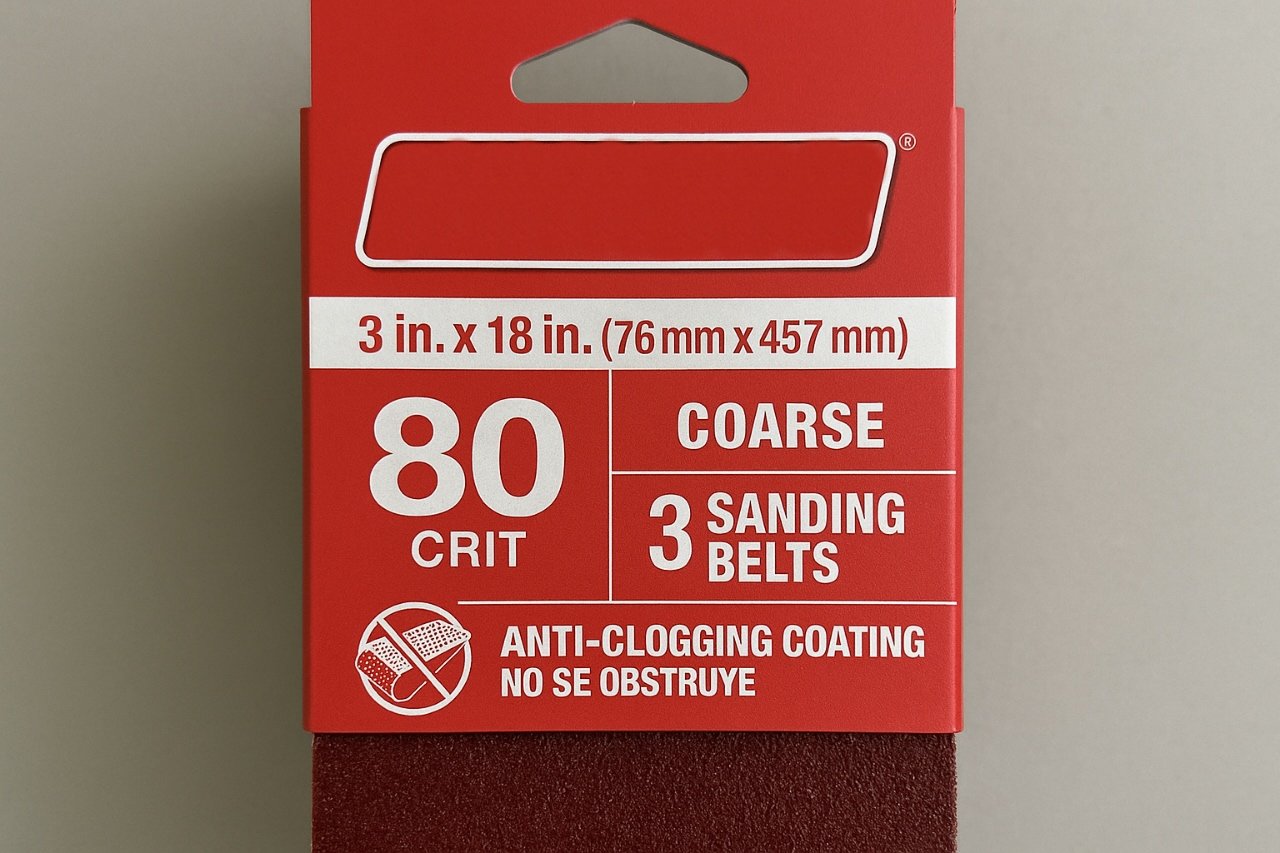
Diablo sanding belts as seen in stores.
Diablo has established itself as a popular and accessible brand for power tool accessories, including sanding belts. Their belts are widely available in major hardware stores, making them a convenient option for many users. For general woodworking, such as sanding down boards, removing paint, or shaping wood, Diablo belts perform well. They typically use a combination of durable backing materials and effective abrasive grains, often aluminum oxide or zirconia depending on the specific product line. A key feature often highlighted by Diablo is their anti-clogging coating, which helps prevent sawdust and other debris from embedding in the belt, extending its useful life, especially when sanding resinous woods or finishes. While Diablo offers belts suitable for metal sanding, for very demanding metal grinding applications or production environments where maximum belt life is paramount, specialized industrial belts (often ceramic) might offer superior performance and longevity, albeit at a higher price point. However, for the vast majority of users and typical woodworking or light metal tasks, Diablo sanding belts provide a good balance of performance, durability, and value. They are a reliable choice for many sanding needs. Just remember that for specific high-demand tasks, exploring options from dedicated abrasive manufacturers like NOVOGRIT might yield even better performance tailored to that application.
Conclusion
Choosing top sanding belt brands often means looking for quality abrasives like ceramic or zirconia on durable backings. The best belt depends on the material and task, with ceramic belts being top for longevity and metalworking, including knife making. Brands like Diablo offer good performance for general use, while specialized abrasive manufacturers provide options for more demanding applications.
You may also be interested in:

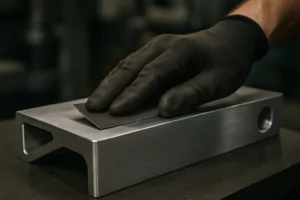
Best Sandpaper for Aluminum: NOVOGRIT's Guide to Flawless Finishes
What is the Best Type of Sandpaper to Use on Aluminum? Do you find yourself frustrated by sandpaper that gums up instantly when you try to smooth aluminum? It is
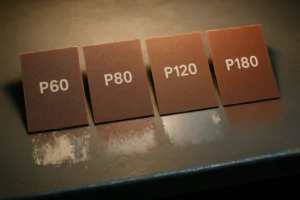
Best Sandpaper for Paint Removal: Grits, Types, & Tips | NOVOGRIT
What is the Best Sandpaper for Removing Paint? Are you tired of staring at chipped, peeling paint on your furniture, walls, or even your car? It’s a common problem, and
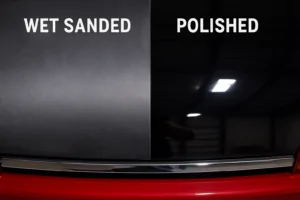
Automotive Wet Sanding: Supplies, Liquids & Best Sandpaper
Automotive Wet Sanding Supplies: What Do You Really Need? Wet sanding is a crucial technique in automotive refinishing, used to achieve a flawlessly smooth surface before painting or polishing. Unlike
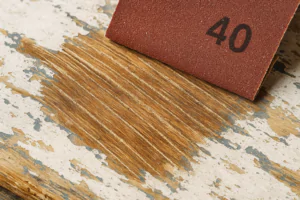
Best Sandpaper for Paint Removal & Grit Guide
What Is the Best Sandpaper for Removing Paint? Removing old paint can be a tedious job, but using the right sandpaper makes all the difference. It’s not just about grit;
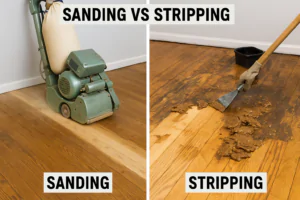
Hardwood Floor Sanding: Screen vs. Sandpaper & Best Practices
Sanding Screen vs. Sandpaper for Hardwood Floors: Which is Best? When you’re tackling hardwood floor projects, choosing the right abrasive is crucial for achieving a smooth, professional finish. Both sanding
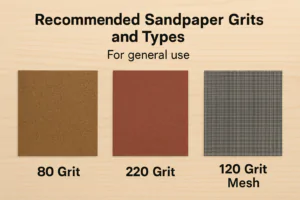
Paper Backing vs. Mesh Sanding Discs: Which Abrasive to Choose?
Paper Back vs. Mesh Sanding Discs: Which One Should You Pick? Choosing the right sanding disc backing can significantly impact your project’s efficiency and finish quality. Paper-backed discs are a
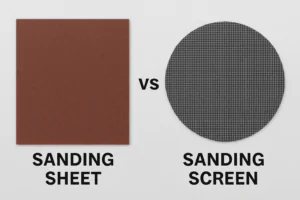
Sanding Mesh vs Paper: Which is More Economical and Better?
Is Sanding Mesh More Economical Than Sandpaper? Comparing Abrasive Costs When stocking up on abrasives, cost is always a factor. Paper sandpaper has traditionally been the standard, but newer mesh
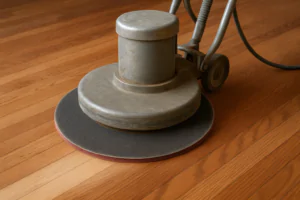
Sanding Nets & Screens Use Cases: When to Choose Mesh Abrasives
Sanding Nets and Screens: What Are Their Best Use Cases? When you encounter sanding nets or screens, you might wonder where they fit into your sanding projects. Unlike traditional solid-backed
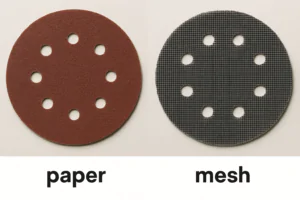
Paper vs. Mesh Sanding Discs: Which Abrasive to Choose?
Paper vs. Mesh Sanding Discs: Which Should You Buy? Choosing the right abrasive disc is essential for efficient and effective sanding. Two primary types dominate the market: traditional paper-backed discs
